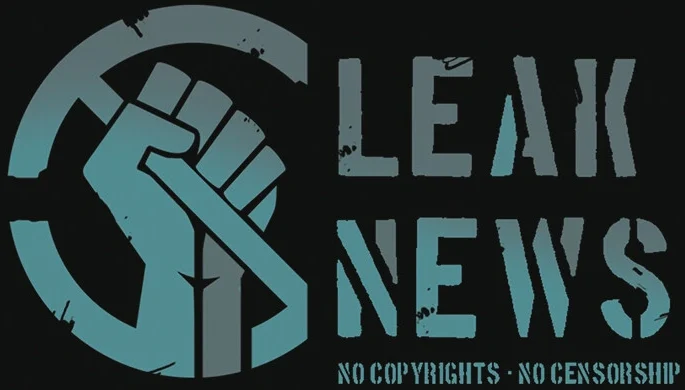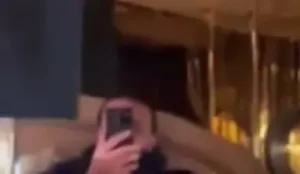Shocking Footage of Deborah Bessa’s Murder Circulates Across Social Media Platforms
A disturbing revelation emerged as the video depicting the heinous murder of Deborah Bessa resurfaced on Twitter, Reddit, and YouTube, causing widespread uproar and triggering various theories and discussions among internet users.
In an era rampant with misinformation, the surge of viral videos intensifies concerns regarding the dissemination of fake news and its impact on public perception.

The gripping yet distressing footage of Deborah Bessa’s tragic demise, capturing the brutal attack by masked assailants, has stirred both outrage and controversy, prompting a closer examination of the event’s details and the subsequent debates it has ignited.
Key Highlights of the Viral Video
The viral video, recording a grotesque and graphic incident in which a woman clad in a yellow shirt and denim shorts fell victim to a merciless stabbing, has been attributed to Deborah Bessa. The assailants’ gruesome act of mutilating the victim, culminating in the display of the severed head, portrayed a harrowing illustration of their brutality.
Fueling the already intense reactions, the video was accompanied by a fabricated narrative on social media platforms like WhatsApp and Twitter. This false story alleged that the victim, a Hindu Marwari woman from Andhra Pradesh, was married to a Muslim man and was subjected to a brutal lynching and subsequent immolation by a Muslim mob.
Beyond just shocking the viewers, the distressing footage and its fabricated narrative significantly escalated religious tensions, amplifying animosity among those who encountered it.
Debunking the Deborah Bessa Leaked Footage Scandal
The initial impression created by Deborah Bessa’s leaked video drastically differed from the stark reality upon closer scrutiny. What initially seemed like a religiously motivated hate crime was perpetuated by the fusion of a viral video with a false, incendiary narrative.

The viral misinformation quickly escalated on social media, evoking widespread outrage and fueling animosity among the public. However, a meticulous investigation swiftly discredited the video’s accompanying narrative.
Upon careful analysis, numerous inconsistencies and contradictions within the footage came to light. The language used by the individuals in the video did not align with any recognizable Indian dialect, casting doubts on the video’s authenticity. Moreover, the victim’s attire in the footage contradicted the narrative presented alongside it.
While the footage showcased a brutal stabbing and beheading, the accompanying text claimed a different sequence of events involving a beating and subsequent immolation.
These significant disparities raise serious questions about the credibility of viral videos and underscore the critical importance of scrutinizing content that surfaces on social media platforms.




